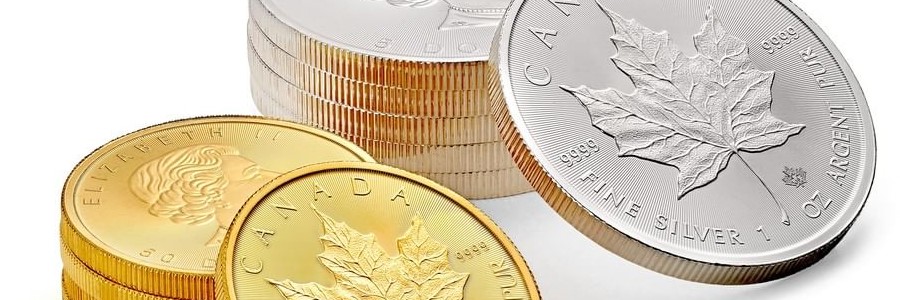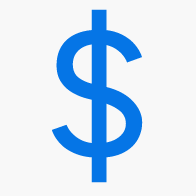
Is A Hawkish Fed Taking A Bite Out Of Gold?
Inflation has been the talk of the town for months now. After previously suggesting that price pressures were transitory in nature and likely to pass, the Federal Reserve now acknowledges the inflation problem and appears ready to act to put a halt to price pressures. The Fed has already raised the Fed Funds rate by 25-basis points and now seems ready to pull the trigger on consecutive 50-basis point increases at its next two meetings. The Fed may be looking for a “shock and awe” type of response to aggressive rate hikes, and further hikes down the road are still likely.
The Fed’s increasingly hawkish rhetoric may now be having a negative impact on the gold market. The metal may also be affected today by a stronger dollar, lower crude oil and rising bond yields. Thursday’s World Bank and IMF meeting was also likely viewed as being bearish for gold as some hawkish Fed commentary provided markets with a stark reminder of how hawkish the Fed has become. The question then becomes whether gold can ascend higher in spite of higher interest rates.
Despite gold’s decline today, the metal is unlikely to be largely affected by rising interest rates or an increasingly aggressive Fed. Even if the Fed does hike rates by 50-basis points at its next three meetings, interest rates would still be less than 2%. This type of rate is unlikely to deter gold buyers who are buying gold to protect purchasing power and as a hedge against dollar weakness. Not only will inflation continue to drive buying in gold, but the ongoing war in Ukraine may also be a positive influence on the gold market. That being said, however, there may be more days when the price of gold is weaker due to worries over the Fed and higher rates. Any significant declines are still likely to be bought, however, until proven otherwise.
The U.S. Federal Reserve is not the only central bank looking to correct its policy. It is widely expected that the ECB will also be raising rates due to inflation in the months ahead. The ECB will likely raise rates by 25-basis points in both July and September. While likely not as aggressive as the U.S. Central Bank, the European Central Bank will also be looking to send a message that it intends to get inflation under control. Whether central banks can accomplish exactly that remains to be seen, but they appear intent on using all of their tools to do so.
The bulls are still in control on the daily chart but have faded this week. The market remains between key support and key resistance. $2000 is the target for the bulls while $1900 remains the target for the bears. A close above or below these levels could set the stage for further advancement in that direction. The longer the market spends in between these areas, the more significant the eventual breakdown or breakout may be. The smart money is likely to continue buying any dips in gold until proven wrong, making a challenge of previous all-time highs a distinct possibility in the months ahead.




